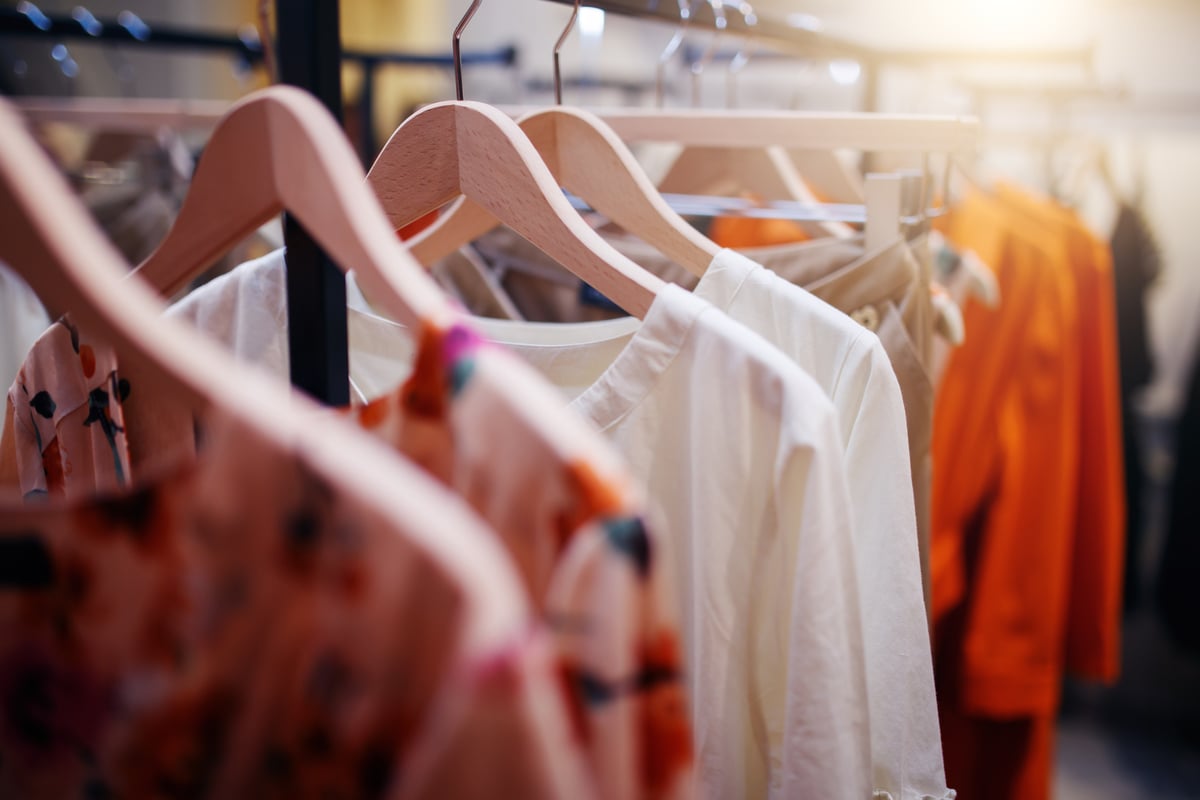Kohl's (KSS +0.84%) came up short of analyst estimates during the third quarter, with both revenue and earnings declining year over year. The numbers, however, don't tell the whole story, and much can be gleaned from statements made by management during the company's post-earnings conference call. Here are five things management said that investors should consider.
The new loyalty program is doing well
Since the launch in October alone, we enrolled over 6 million additional customers. And as of today, we now have 17.3 million customers enrolled in loyalty. We continue to be extremely excited about the program. Our tests have shown that the program is working. Loyalty customers make 2 extra trips and spent an incremental $80 per year.
-- CEO Kevin Mansell
Kohl's has been testing a new loyalty program for about a year and a half in various markets, and during that time the company enrolled roughly 10 million customers. This loyalty program was launched nationwide on Oct. 6, picking up an additional 6 million customers in a little over a month.
The loyalty program is structured in such a way as to encourage repeat visits to the company's stores, an important feature given the struggles Kohl's has had with declining store traffic. For each $100 a customer spends, Kohl's gives a $5 reward that must be used within 30 days. This time limit on the reward has helped drive the two extra trips and $80 in extra spending annually for loyalty members on average.
After multiple quarters of declining comparable-store sales and store traffic, the loyalty program could be the key to reversing those trends.
Return to growth expected during the holiday quarter
Looking forward, we believe we will run a positive comp between 2% and 3% in the fourth quarter.
-- Mansell
Kohl's is expecting quite a turnaround in the fourth quarter, going from the 1.8% comparable-store sales decline during the third quarter to growth of 2%-3%. This estimate comes with a caveat; there's one extra shopping day between Thanksgiving and Christmas this year. But even after backing out the effect of the extra day, Kohl's is still expecting to return to growth.
The various initiatives that Kohl's is working on, including the loyalty program, are expected to be the main drivers of this growth. Kohl's expects traffic to be flat to slightly negative, which is significantly better than it has been in recent quarters, and the loyalty program will have its first big test during the holiday season.
Beyond stabilizing store traffic trends, the ongoing shift in product mix toward national brands is expected to increase the average order size, thus driving comparable-store sales higher. This shift will negatively affect gross margin, but it will also continue to reverse the company's mistake of pushing its private label brands too hard in recent years.
The apparel retail pie isn't expected to grow
We're not assuming that there's any either inflation or increase in apparel overall sales that would drive our total sales up. So it's got to be about our own initiatives, take share, not about a rising tide lifting everybody. It's been a flat business and I think we're assuming it's going to continue that way.
– Mansell
Kohl's is working under the assumption that the apparel industry as a whole isn't going to grow, at least in the near term, and that only by winning market share from competitors can it increase its sales. That may end up being a conservative assumption, especially with expectations of higher consumer spending this holiday season, but it also allows for Kohl's to exceed its guidance if the industry performs better than expected.
Interestingly, Kohl's closest competitors have also guided for similar sales growth during the holiday quarter, and all three are unlikely to hit their guidance if total apparel spending doesn't increase. J.C. Penney has guided for 2%-4% comparable-store sales growth, and Macy's for 2%-3% growth. Whether Kohl's initiatives can outflank those of its competitors remains to be seen.
Ship-from-store isn't about saving money
It's not really cost savings, to be honest: The labor is a little cheaper; the cost to ship is a little higher. It's really about speed and capacity. So it cuts off, on average, a day to get it from the store to the customer. ... We feel like we won't have to expedite as near as many shipments as we had to last year, that's where the savings is going to be in gross margin.
-- CFO Wesley S. McDonald
Kohl's now has about 800 of its stores equipped to ship online orders directly, essentially creating 800 mini-distribution centers. It doesn't save any money directly, but it still has a few important positive benefits.
First, customers receive their orders faster, with the average shipping time falling by about a day thanks to the ship-from-store capability. Second, increased capacity is added during the holidays, when the rush of orders has the potential to overwhelm the dedicated distribution centers. This approach creates indirect savings, since it reduces the need for Kohl's to pay for expedited shipping to get orders out on time.
It should also help margins in the online business, partially making up for the fact that online orders tend to carry lower margins to begin with.
The beauty department can drive repeat visits
The basket, for sure, is getting bigger with the addition of beauty, but where we're getting the lift in the higher-volume stores is on the repeat business. It's really about driving a replenishment purchase. We don't sell a lot of groceries or things that people run out of. Beauty is probably the closest thing to a commodity that we have. So the key, where we've been getting the total store lift, it's bringing them back in more often.
-- McDonald
Kohl's has been rolling out a new beauty department in its stores, and the company added it to another 178 stores during August and September. In higher-volume stores, this plan has provided a 2% lift in sales, not just in the beauty department but also in the store as a whole. While the small number of new beauty departments won't have much of an effect on the holiday quarter, Kohl's plans to roll out the initiative to 400 additional stores next year.
Unlike most of what Kohl's sells, beauty products typically need to be replenished often, and so far that reality has driven increased store visits. Beauty customers are also buying other products, a beneficial side effect of the initiative.
The theme of Kohl's strategy is to drive traffic, and the loyalty program coupled with the new beauty department has the potential to do just that.






